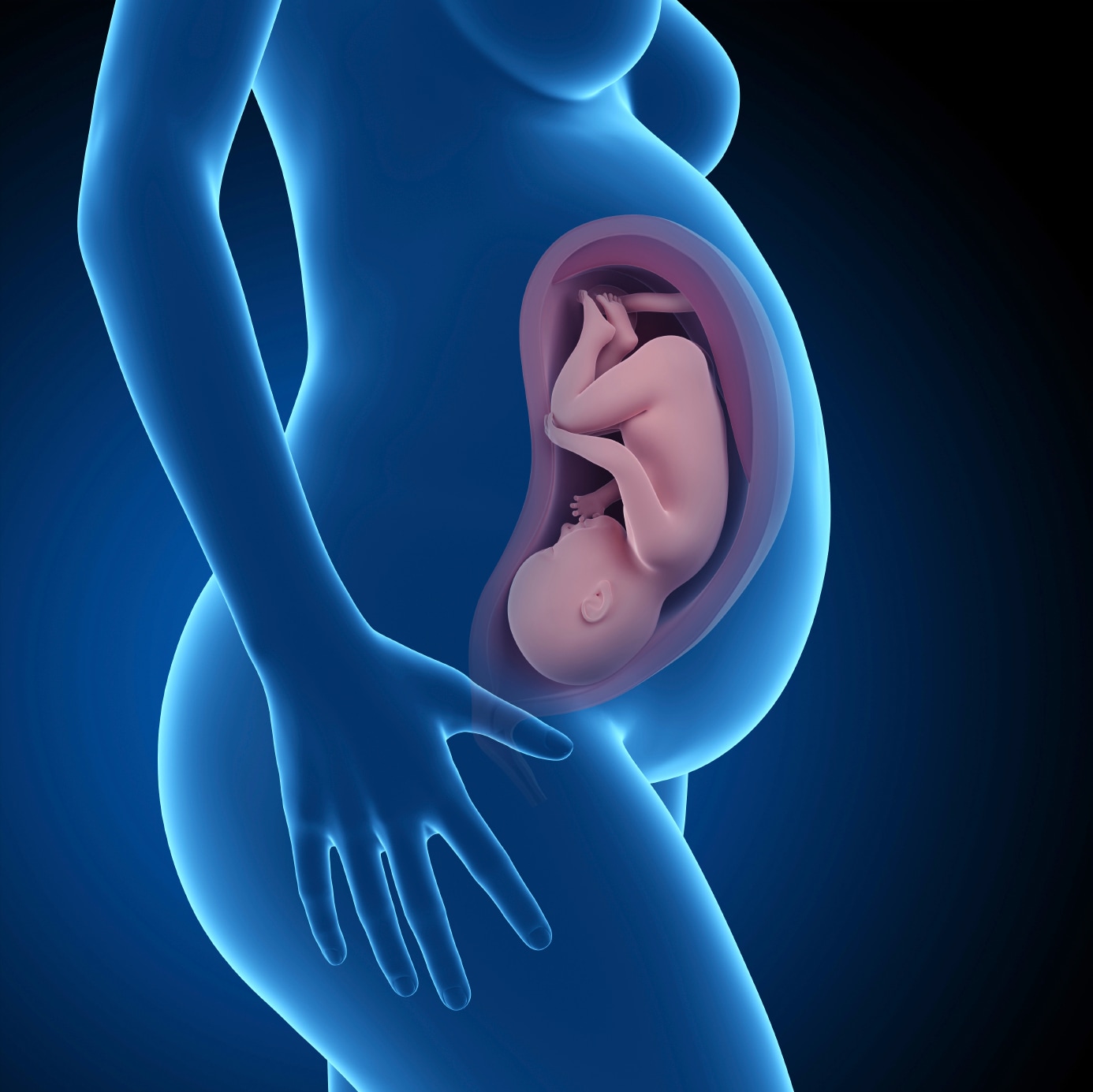A study published in the BMJ Open provides new estimates of the live birth and death rates for Down syndrome in Scotland.
The study examined data for all live births with Down syndrome between 1990 and 2015 identified via Scottish regional cytogenetic laboratories, each age-sex-neighbourhood deprivation matched with five non-Down syndrome controls. Records were linked to Scotland's hospital admissions and death data.
Primary outcomes were risk for first hospitalisation and readmission for children with Down syndrome and matched controls.
A total of 1479 children/young people with Down syndrome were identified, equating to a rate of 1.0/1000 births, with no reduction over time. Of the cohort, 1235 were matched to controls.
During the study period, 92 of 1235 (7.4%) children and young people with Down syndrome died, 18.5 times more than controls.
More of the Down syndrome group had at least one hospital admission (incidence rate ratio [IRR], 72.89 vs 40.51; adjusted HR [aHR], 1.84) and readmissions (IRR, 54.85 vs 15.06; aHR, 2.56). More of their admissions were emergencies (IRR, 56.78 vs 28.88; first emergency admission aHR, 2.87). Children with Down syndrome had 28 per cent longer first admission after birth.
Admission rate increased from 1990-2003 to 2004-2014 for the Down syndrome group (from 90.7% to 92.2%) and decreased for controls (from 63.3% to 44.8%).
The authors say the findings demonstrate the importance of statutory planning as well as informal support to families to avoid added problems in child development and family bonding over and above that brought by the intellectual disabilities associated with Down syndrome.



